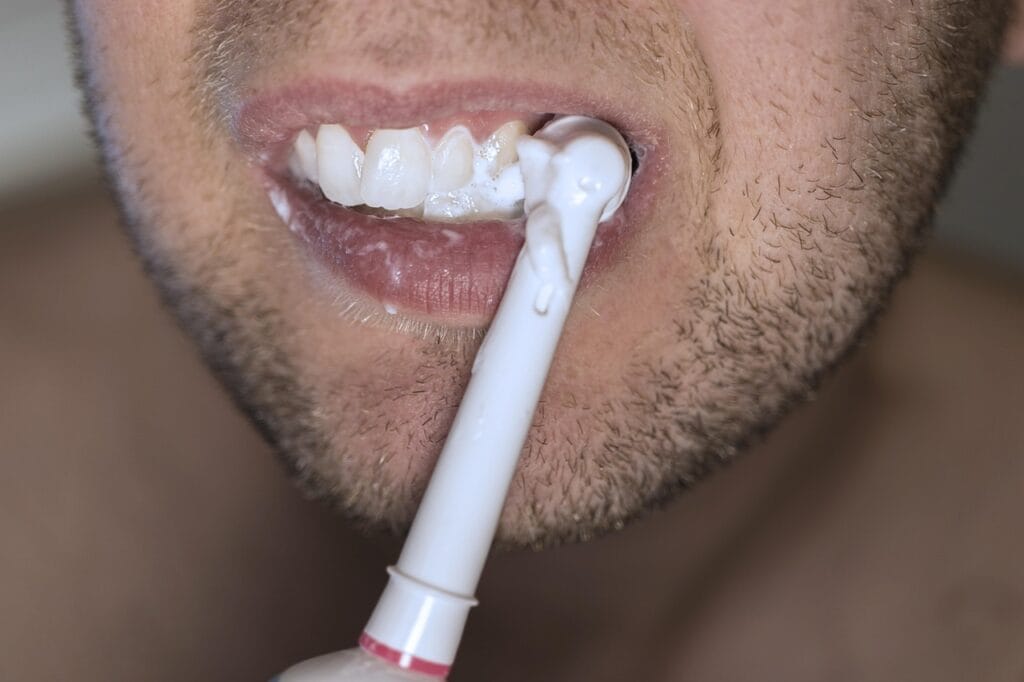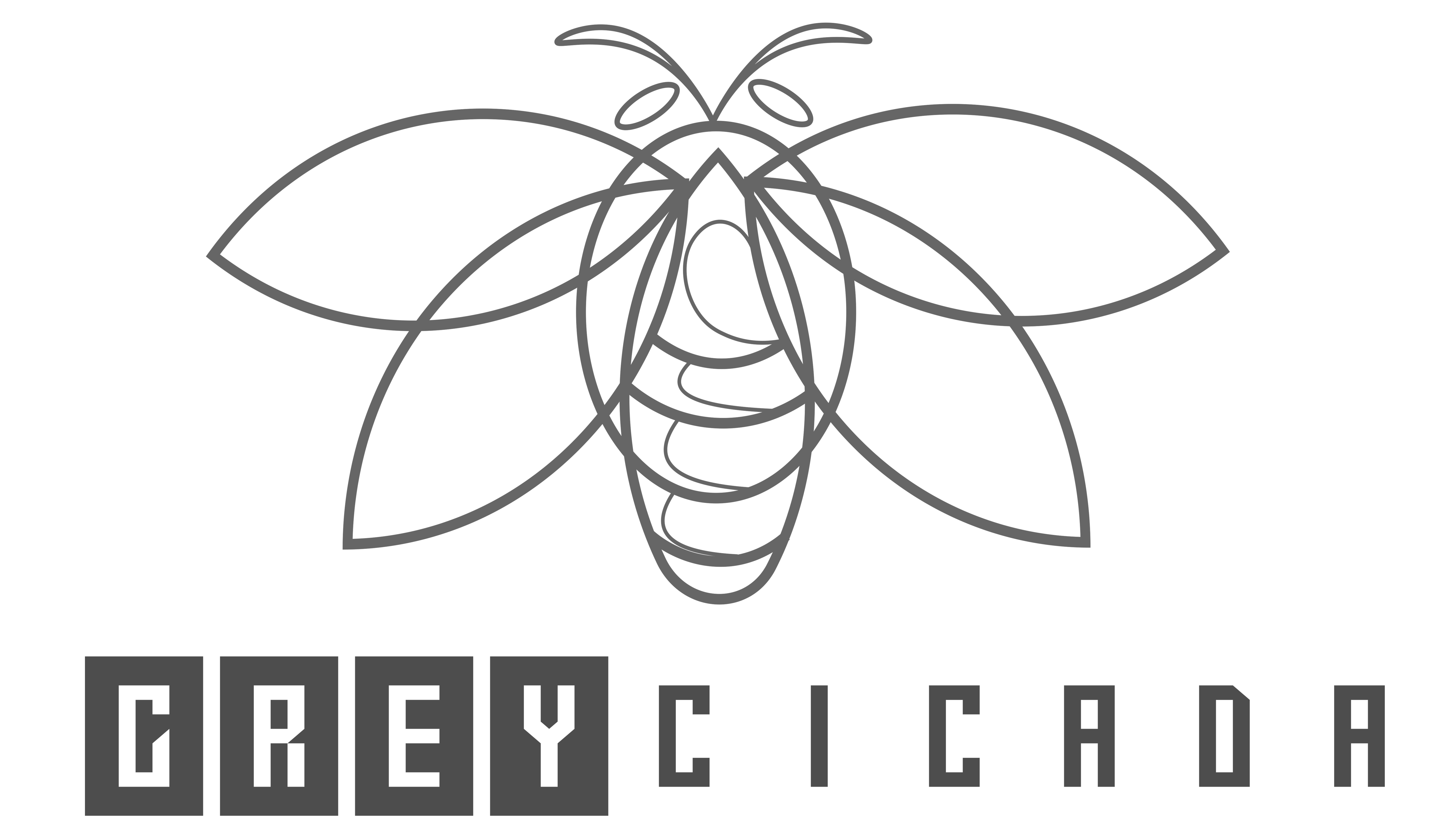FREE SHIPPING OVER $50
You’re Probably Using Your Electric Toothbrush Wrong—Here’s What Dentists Say to Do Instead

You made a smart investment in your oral health by switching to an electric toothbrush. You know it offers superior plaque removal compared to manual brushing, and you feel the power of that oscillation or sonic vibration every time you brush. However, here’s a painful truth that dentists consistently confirm: most people are using their expensive electric toothbrush with the wrong technique—the same aggressive, back-and-forth scrubbing movements they used with a manual brush. This fundamental mistake dramatically reduces the toothbrush’s effectiveness and, critically, can cause damage.
If you’ve experienced increased tooth sensitivity, noticed your gums receding, or still struggle with plaque buildup, the technique, not the brush, is likely the problem. The core issue is that an electric toothbrush requires a completely different approach than a manual one. It’s not a scrub brush; it’s a high-precision cleaning tool. To truly unlock its potential and protect your teeth and gums, you need to stop scrubbing and learn the gentle, dentist-approved method for superior plaque removal.
The Core Mistake: Why Scrubbing is Sabotage
The single biggest error people make when switching to an electric toothbrush is treating it like a powerful manual brush. They continue to apply firm pressure and use large, sweeping, back-and-forth movements.
The Damage from the Scrub
- Gum Recession: Applying excess pressure or a scrubbing motion causes friction trauma to the delicate gum tissue, slowly pushing it down and exposing the sensitive root surface of the tooth. This is the main cause of long-term sensitivity.
- Enamel Wear: Although enamel is the hardest substance in the body, aggressive scrubbing—even with an oscillating brush head—can lead to irreversible wear, particularly near the gum line, which can exacerbate tooth sensitivity.
- Wasted Technology: The internal motor is designed to do the work (oscillating, rotating, or vibrating). Scrubbing manually interferes with the brush’s programmed oscillations, rendering the technology less effective at reaching plaque in crevices.
The Dentist-Approved Technique: The “Glide and Pause” Method
The proper use of an electric toothbrush shifts the focus from aggressive friction to meticulous placement and duration. This is the correct technique that professionals teach their patients.
1. The Gentle Grip and No Pressure Rule
Forget the tight, forceful grip you used with a manual brush. Hold your electric toothbrush handle loosely, like a pen, not a hammer.
- Focus: The built-in pressure sensor (on most models) should never light up or buzz. Let the brush head simply rest on the tooth surface. The technology provides the necessary movement; your job is just to guide it.
2. The 45-Degree Angle Placement
The angle of the brush head is critical for cleaning the crucial area where the tooth meets the gum.
- Focus: Position the brush head at a slight 45-degree angle toward the gum line. This ensures the bristles gently reach into the sulcus (the pocket between the tooth and the gum), where plaque bacteria accumulate most heavily.
3. The “Glide and Pause” Movement
This is the central pillar of the correct technique. You are guiding the brush head from tooth to tooth, allowing the motor to work.
- Focus: Gently glide the brush head along the outside surface of your teeth, moving slowly from one tooth to the next. Pause for approximately 2 to 3 seconds on each tooth (the front, back, and chewing surfaces). This dedicated pause allows the oscillating or vibrating action to thoroughly break up the plaque without scrubbing.
4. The Meticulous 4-Quadrant System
To ensure complete coverage, dentists recommend dividing your mouth into four quadrants, spending 30 seconds on each for a total cleaning time of two minutes.
- Quadrant Breakdown: Upper Right, Upper Left, Lower Right, Lower Left. Many electric toothbrushes have a built-in timer that signals every 30 seconds to prompt you to move to the next section.
- Focus: Intentionally use the full two minutes. The common mistake is brushing for too short a time, missing posterior teeth.
Beyond the Teeth: Gums, Tongue, and Long-Term Health
Superior oral health involves more than just cleaning the flat surfaces of your teeth. The electric toothbrush is a powerful tool for these areas as well.
Gum Line Focus
The most crucial area for plaque removal is along the gum line. This is where gingivitis (early gum disease) begins.
- Technique: Ensure the 45-degree angle is maintained, and allow the bristles to gently massage the gums. This stimulates circulation and helps prevent gum disease without causing recession.
Tongue and Cheek Cleaning
A healthy tongue is essential for fresh breath and reducing bacteria that contribute to plaque.
- Technique: Once the teeth are complete, switch the brush to a lower power setting (if available) or use very light pressure. Gently brush the surface of your tongue and the inside of your cheeks to remove residual bacteria.
Flossing is Non-Negotiable
No matter how sophisticated your electric toothbrush is, it cannot clean effectively between the teeth.
- Health Fact: Dentists emphasize that flossing or using interdental brushes remains mandatory for removing plaque from the tight spaces where the bristles cannot reach.
Troubleshooting: How to Reverse Damage and Maximize Results
If you’ve been scrubbing and noticed tooth sensitivity or gum irritation, here are the steps to take immediately.
1. Check Your Brush Head
Worn-out bristles are inefficient and can become sharp, leading to gum irritation. Most dentists recommend replacing your electric toothbrush head every three months, or sooner if the indicator bristles have faded.
2. Adjust Your Toothpaste
If you have persistent sensitivity due to past scrubbing damage, switch to a toothpaste designed for sensitive teeth. These often contain compounds like potassium nitrate that block signals from the nerve endings. Use a pea-sized amount, which is all you need.
3. Be Patient
The initial feeling of using less pressure may feel insufficient, but trust the technology. Over the course of a few weeks, your gums will heal from the trauma of scrubbing, and the dedicated plaque removal from the “glide and pause” technique will become apparent in your next check-up. This shift from aggression to precision is the key to mastering your electric toothbrush.
Conclusion
The vast majority of people upgrade to an electric toothbrush hoping for superior oral health, only to undermine its effectiveness by using the wrong technique. The painful truth is that continuing to scrub damages your gums and prevents effective plaque removal. By adopting the dentist-approved “glide and pause” method—using no pressure, maintaining the 45-degree angle, and dedicating two full minutes—you stop relying on brute force and start utilizing the brush’s sophisticated technology. This simple change is a game-changer that ensures a cleaner mouth, less sensitivity, and a significantly healthier smile for years to come.
Related Articles
- Turning 50? Here’s What Happens to Your Teeth—and How to Stop the Damage
- Scientists Use Sheep’s Wool to Repair Teeth—This Natural Protein Could Replace Fillings
- 7 Everyday Habits That Quietly Destroy Your Teeth—Dentists Say #4 Is the Worst
- Before You Book That Root Canal—Here’s What You Need to Know About Safer, Easier Options
- Brushing Before or After Breakfast? Dentists Say Most People Get This Wrong



